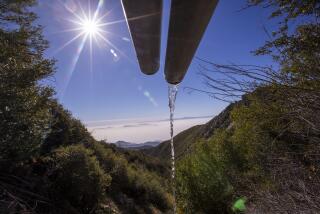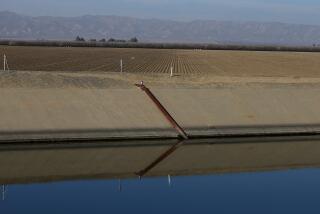Sparing a Swamp
The U.S. Environmental Protection Agency’s action Wednesday to save the 32-acre Sweeden’s Swamp in Attleboro, Mass., is important not just for Massachusetts, but also for California and every other state where environmentalists are fighting to protect wetlands from developers.
Last summer, the U.S. Army Corps of Engineers in Washington decided to permit the Pyramid Companies of Boston to dredge and fill Sweeden’s Swamp and build a shopping mall on the site, even though the development was opposed by the U.S. Fish and Wildlife Service, the New England office of EPA and even the Corps’ regional office. To compensate for the loss of the wetland, the Corps’ civil works director, Maj. Gen. John F. Wall, directed Pyramid to build an artificial swamp adjacent to the mall.
This prompted Michael R. Deland, regional environmental agency administrator, to observe: “In the past, if you had a project with a wetlands implication, you moved the project. Under this interpretation, you move the wetlands. In my view, nature has a rather remarkable track record in creating wetlands and developers do not.”
Wall based his ruling on a portion of the Clean Water Act that allowed such construction if no alternate site was available. But last week, the EPA held that there was another site that could be used for the mall without destroying the swamp (a complication seems to be that the alternate site is held by a competing mall developer).
The developers, of course, were outraged, claiming that the agency exceeded Congress’ intent to safeguard wetlands. But since the dispute arose last year, both Congress and the Supreme Court have taken strong action to protect wetlands as the irreplaceable natural habitat of vegetation, fish, waterfowl and wildlife.
The environmental agency may have left open the prospect of filling and dredging of wetlands where there is no alternative development site, which could be a matter of highly subjective judgment. There is such incredible pressure to develop the disappearing wetlands throughout the country that both EPA and Congress should consider whether this loophole should be closed.
More to Read
Sign up for Essential California
The most important California stories and recommendations in your inbox every morning.
You may occasionally receive promotional content from the Los Angeles Times.










